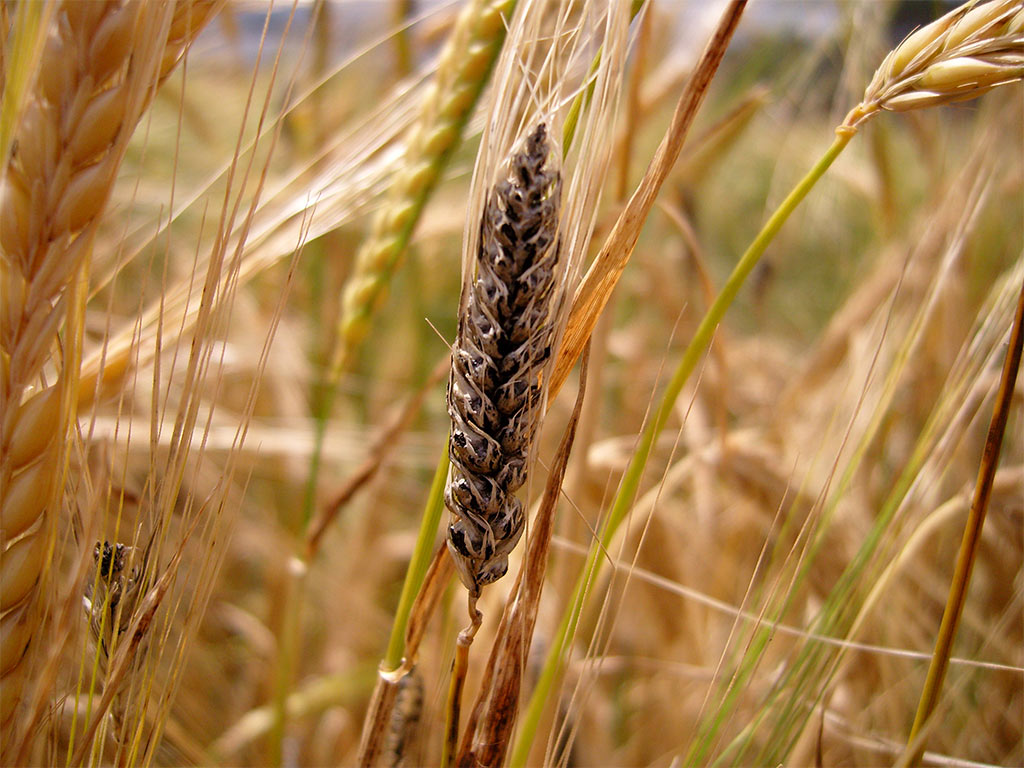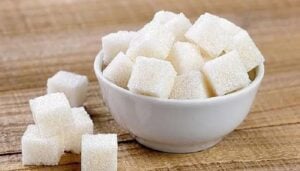“You can’t bake a bun out of blackened wheat”: a farmer about the harvest after heavy rains
30 July 15:23 OPINION
OPINION
Ukraine has been gripped by intense rains and downpours, which are creating a mixed bag for agriculture. While moisture is a blessing for late crops such as corn and sunflower, it can be a serious problem for winter and early grains. Leonid Kozachenko, president of the Ukrainian Agrarian Confederation, told "Komersant Ukrainian" how weather conditions affect the harvest and what threatens Ukrainian grain.
Rains: a blessing or a curse for the harvest?
When asked about how the current rains affect the harvest and which crops are at risk of blackening and rotting, Leonid Kozachenko gave a detailed answer that reveals the complexity of the situation.
“The current weather and climate conditions, on the one hand, have a positive impact on late grain crops, such as corn, oilseeds, and sunflower,”
– explains the expert.
According to him, these crops are now in the final growing season, and their yields will depend on the availability of moisture.
However, the situation changes dramatically when it comes to winter and early grain crops. Kozachenko emphasizes:
“But winter crops and early grain crops, such as barley, wheat and rapeseed, are affected negatively.”
Wheat turning black: a rare occurrence in 30 years
The situation with wheat is particularly alarming. The expert notes that this is only the second time in at least 30 years that wheat has been exposed to such severe conditions. Winter and early wheat turns black from this amount of moisture, and there is no way to help it, the agrarian says.
“It’s very difficult to turn this blackened wheat into a condition suitable for consumption. If it is non-food wheat, for example, of the fourth grade and below, then it can be mixed with similar wheat for feed production. But in any case, it is not suitable for bakery products,”
– emphasizes Kozachenko.
Читайте нас у Telegram: головні новини коротко
Ukrainian wheat: from world leadership to imported varieties
Talking about the types of wheat Ukraine grows, Kozachenko recalls past achievements with nostalgia. The expert shared an interesting fact from his trip to North America in the 1990s.
“We grew most of the soft varieties. There are about 15 varieties of wheat, and the best used to be ours, Ukrainian. 1996-1997 was my first visit to North America. I was so surprised to learn that in Canada, back in the pre-revolutionary period, they registered wheat of Ukrainian origin. Back then, we were among the world leaders in wheat variety selection,”
– said the farmer.
Unfortunately, today’s situation is radically different.
“Now, unfortunately, we are significantly behind in plant breeding science. And we have foreign varieties, 5 main varieties that we grow,”
– says Kozachenko.
Quantity versus quality: the problem of Ukrainian agriculture
The expert reveals one of the key problems of modern Ukrainian agriculture – the priority of quantity over quality.
“The main thing we want to get from these varieties is a higher yield. That is, if we have a yield of more than 70 centners per hectare, that is, more than 7 tons per hectare, this is considered super,”
– he explains.
At the same time, farmers often ignore quality indicators. Kozachenko notes that
“in most cases, they don’t even respond to the protein and fiber content, which affects the quality.”
He explains the difference: if the protein content is high, then such wheat is suitable for the production of pasta and flour, and if the protein content is less than 10 percent and fiber less than one and a half percent, then it is only raw material for feed.
The expert describes the logic of farmers as follows:
“If I harvest 8 tons per hectare, I don’t care whether it’s food or feed wheat. Fodder wheat is cheaper, by about 15-20 percent, but if there is a lot of it, I will sell it anyway and get a bigger profit.”
The paradox of war: lower yields but better quality
Such a farming approach, Kozachenko notes, is compounded by difficult weather and climatic conditions and a much worse phytosanitary condition of plants. Ukrainians are using less plant protection products and mineral fertilizers, which is due to the shortage of funds and the war.
But despite this, the quality of Ukrainian wheat is growing for some reason, the expert admits:
“Unexpectedly, under such conditions, we have somehow increased the amount of high-protein wheat. That is, the kind that can be used to make flour and pasta. No one can explain why. Perhaps the higher humidity allows wheat to better suck out the minimal nutrients from the soil… I don’t know why, but there are such indicators.”
However, despite the improvement in quality, the overall yield picture remains disappointing.
“The yield now is about 3.5 tons per hectare. This is significantly less than in the pre-war years, when the yield was twice as high,”
– summarizes the President of the Ukrainian Agrarian Confederation.
Summary
Thus, the current rains and downpours create a difficult situation for Ukrainian agriculture: on the one hand, they can help late crops, but on the other hand, they threaten winter and early grains, especially wheat, which has already started to turn black in some regions. This wheat will be practically lost for our table and will be used for animal feed.
Читайте нас у Telegram: головні новини коротко









